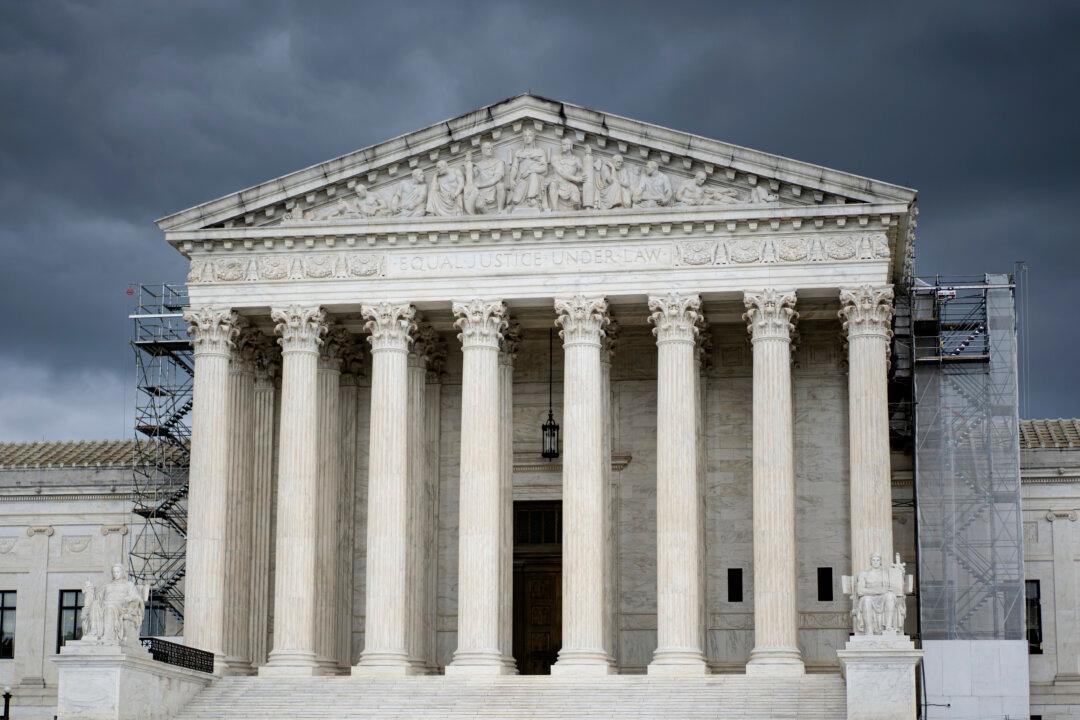The U.S. Supreme Court on May 23 ruled in favor of South Carolina’s redrawn congressional map, reversing a lower court decision.
The National Association for the Advancement of Colored People (NAACP) challenged the map, arguing that legislators were motivated by race when drawing district lines and committed “intentional racial discrimination.”





